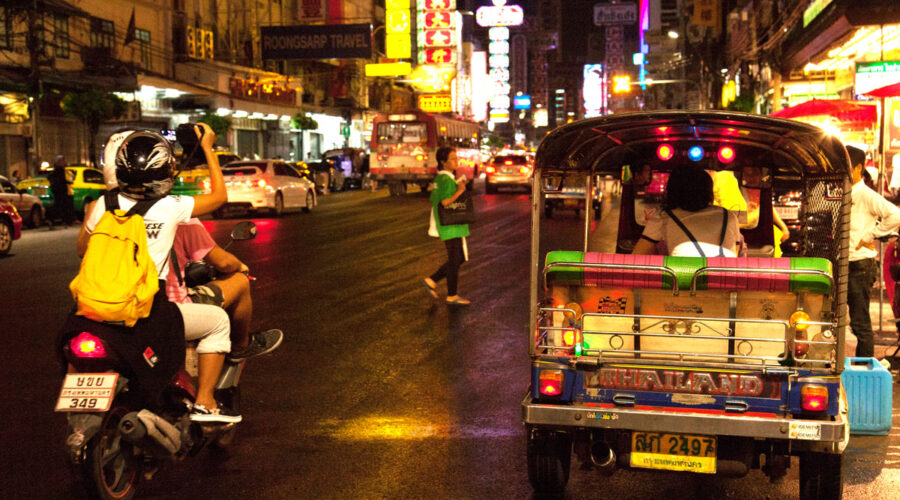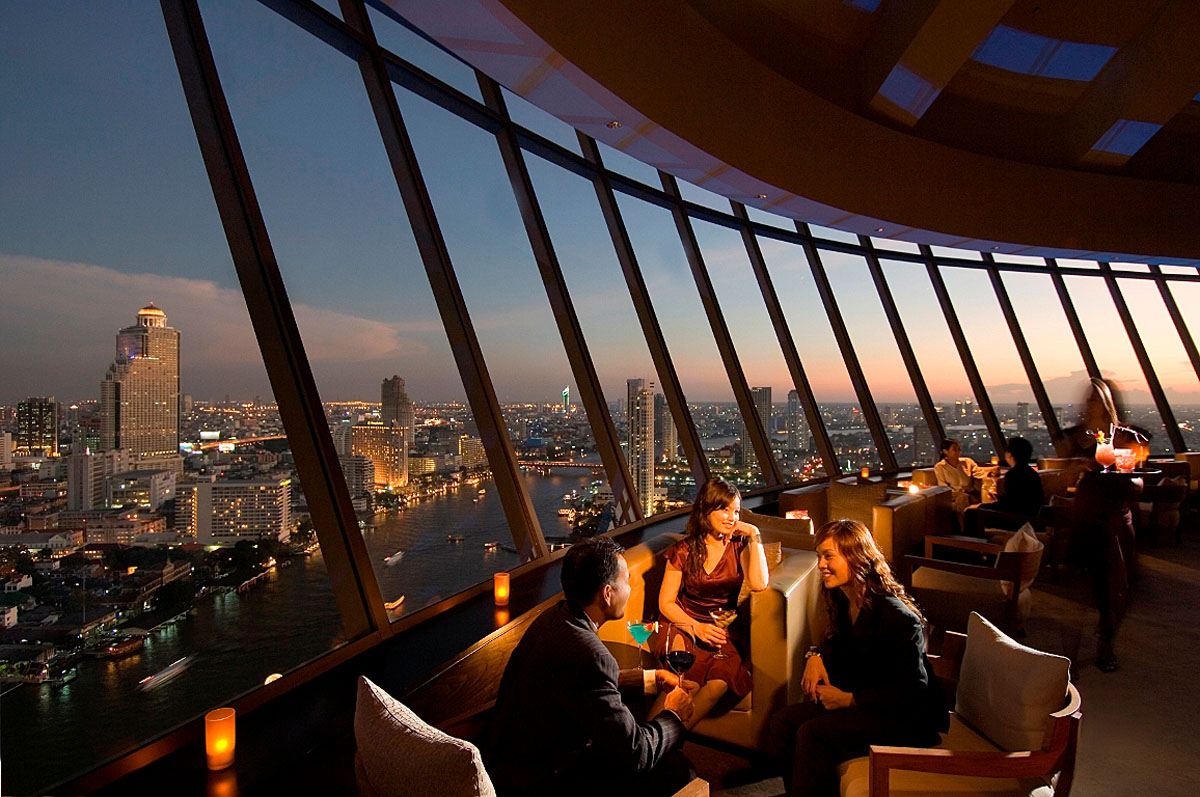Zoning-in on Bangkok: a guide to Bangkok’s districts
Bangkok, “The Big Mango”, is a sprawling tom yam gung of a city, an ancient-modern capital that grew without one specific centre. Zone-in according to your main mission, be it shopping, nightlife, history or exploring. Guest blogger John Borthwick explores the best zones to eat-sleep-play in Bangkok.
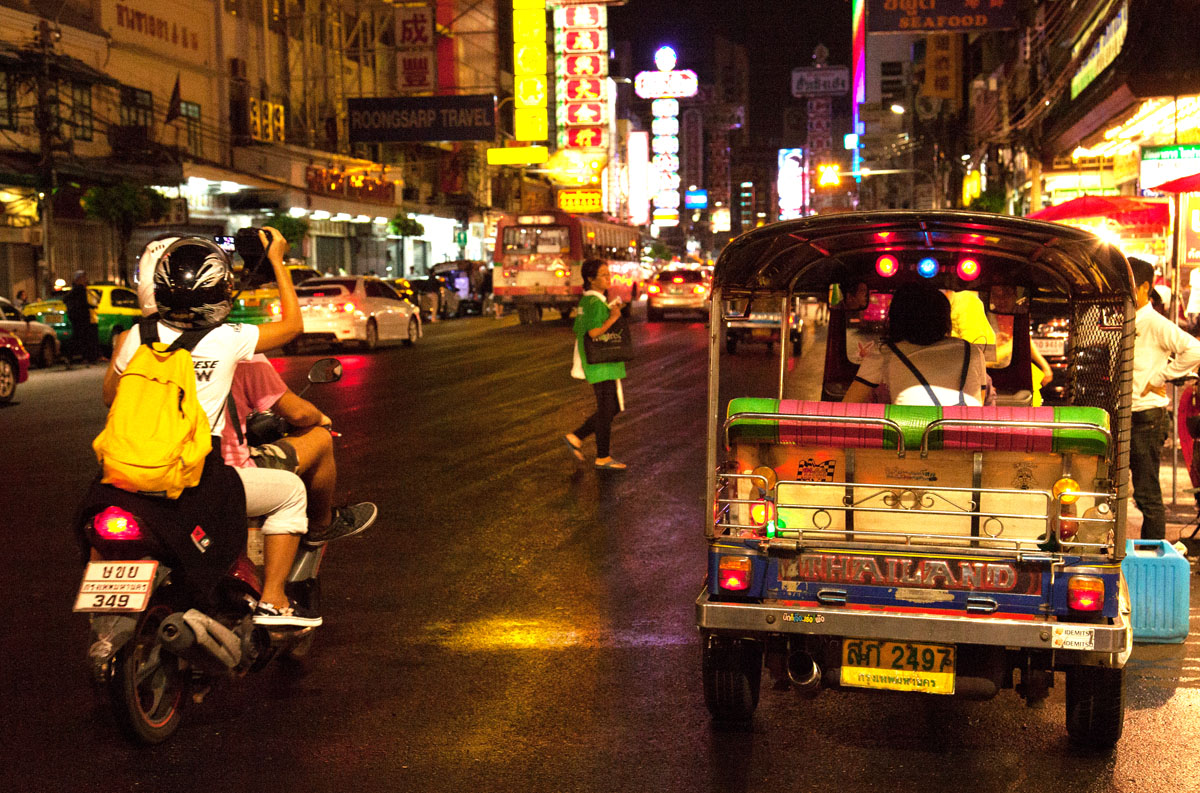
Sathorn
A stretch of South Sathorn Road (aka Thanon Sathon Tai) has become a quality row of embassies (including the Australian) and superior hotels. It’s sanely removed from the main nightlife zones but still conveniently close to Silom Road’s stores and night markets (but skip Patpong, a crowded, cacophonous pit), as well as to two stations, Sala Daeng BTS Skytrain and Lumphini MRT subway.
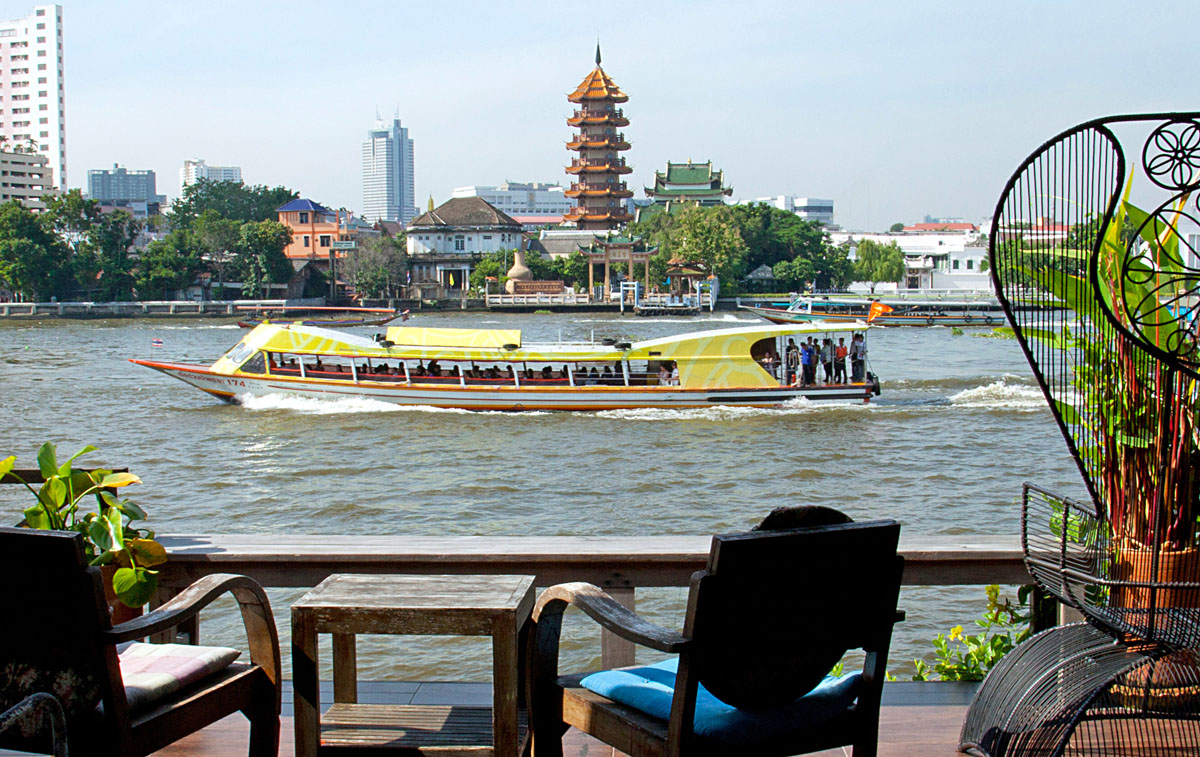
The River
What better way to see Krung Thep, the City of Angels, aka Bangkok, and its parade of temples, towers, malls and palaces than from its River of Kings, the Maenam Chao Phraya? Hop aboard the Chao Phraya Express Boat, with English commentary, from Sathorn Pier near Saphan Taksin Skytrain station. Get on and off where you please at any of the 20 stops, including Wat Arun (the Temple of Dawn) or Wat Pho (home to the Reclining Buddha). On the west bank visit Lhong 1919, a century-old throwback to the days of steamships and the Thailand-China sea trade. Tip: Also on the west bank visit the Royal Barges Museum and its spectacular fleet of gilded boats that are used in the annual Royal Barges Procession.
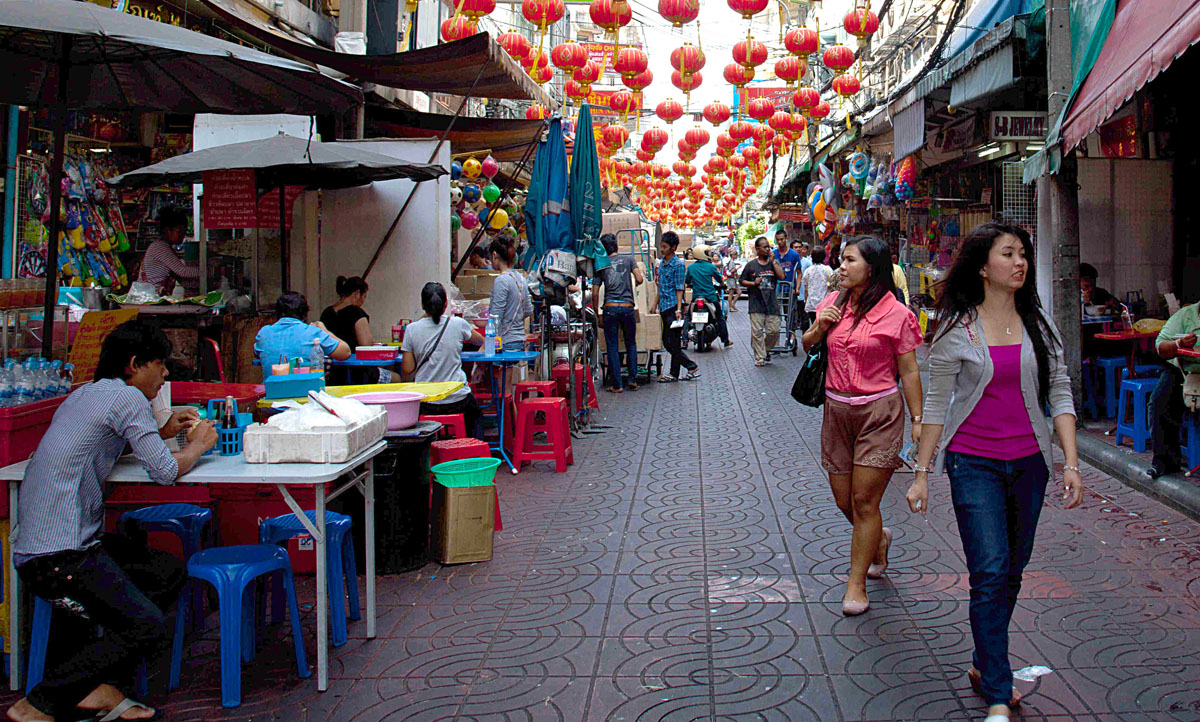
Chinatown
Teeming, steaming Yaowarat Road, with its Blade Runner alleys, shrines, apothecaries and goldsmiths, is the main fuse of Bangkok’s Chinatown, one of the oldest Chinatowns the world. The buy-sell-eat-drink-repeat energy here is both inexhaustible and exhausting. Come evening, hawker stalls along Yaowarat dish up a progressive feast of seafood and every other kind of Chinese treat, but skip those two uncool, traditional “delicacies”, shark-fin and birds-nest soups. “Cool drinks and hot jazz” happen nightly at Shanghai Mansion’s street-front bar. Sit and watch and listen to both the music and the night going by. Tip: Soi Itsara Nuphap runs between Yaowarat and Charoenkrung roads. Inch your way down it, between stalls, handcarts, grandmas and bargain hunters — a parallel universe.
Sukhumvit Road
Malls, traffic squalls, Skytrain stations and a hyperactive nightlife. There’s no chance of going hungry along Thanon Sukhumvit. Make a reservation at the legendary Bo.Lan, Sukhumvit Soi 53 (in Thong Lo area) for exemplary Thai fare or at Rang Mahal atop the Rembrandt Hotel (Soi 18) for Indian fine dining. Meanwhile, the Emporium megamall near Phrom Phong Skytrain has almost 50 quality restaurants and food outlets. Sukhumvit’s Nana (pronounced Naa-naa) area comes out at night to party, full-tilt. Soi Nana is home to scores of bars, go-go’s and one-night-in-Bangkok attractions. It’s not all red-light but nor is it for the prudish.
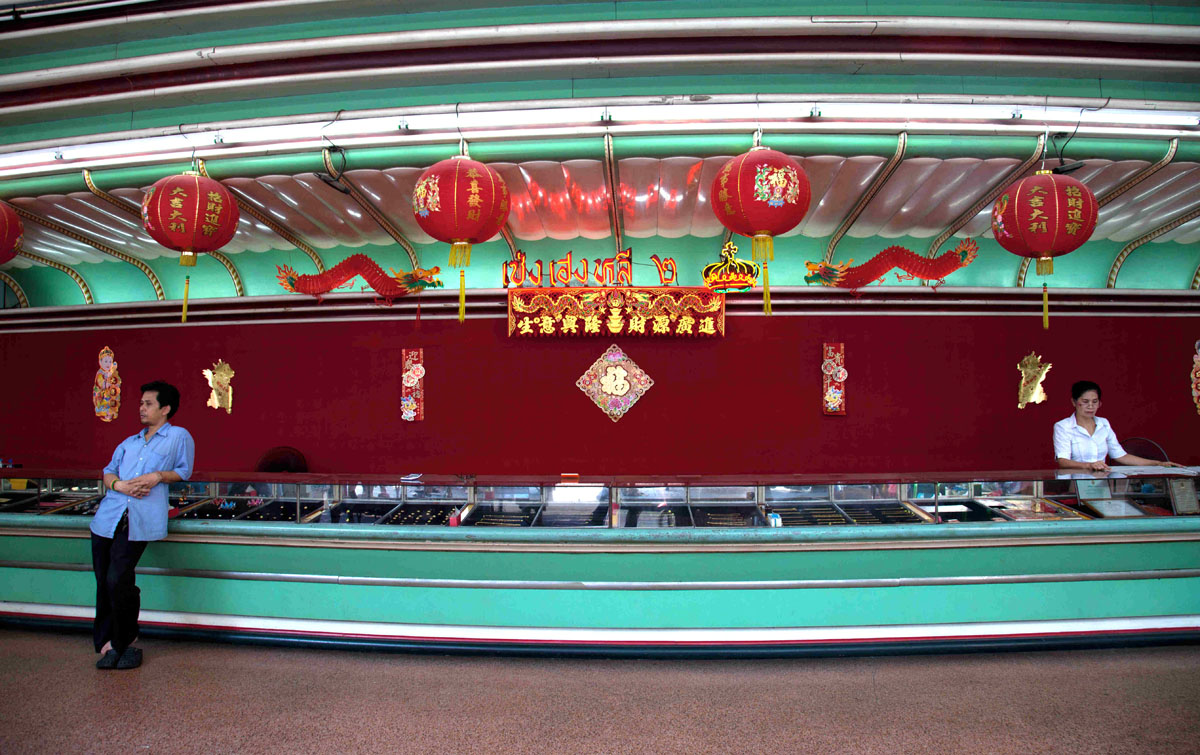
Khao San Road
“The main function for the street was as a decompression chamber for those about to enter or leave Thailand, a halfway house between East and West.” So wrote Alex Garland in his 1996 novel The Beach, which begins on Khao San Road. “KSR”, now gone mainstream, remains Asia’s capital city HQ for gap-yearlings and travelling souls, lost, found or just hanging out. Guesthouses and lodges abound in the side streets, while more upmarket options include Sawasdee Inn and the Buddy Hotel in the heart of the action. By night, the traffic is blocked off and KSR becomes a free-fire, walking-eating-drinking zone. Tip: Explore the side sois for more intimate eateries.
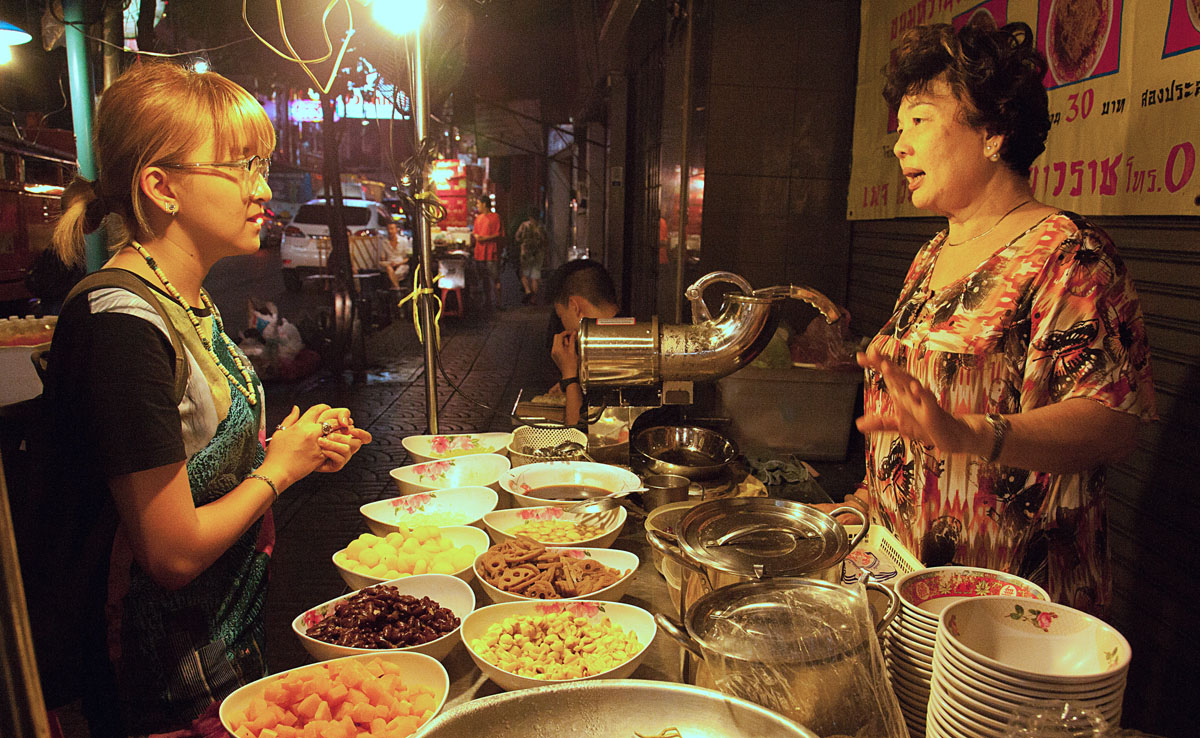
Ratchaprasong
The Ratchprasong area is as close as today’s Bangkok comes to having a main, midtown focal point. The adjacent stretch of Ratchadamri Road, between Ploenchit and Petchaburi roads, is where dedicated shoppers come to trawl amid giant stores and fashion malls such as Zen, Isetan, Gaysorn, Platinum and Siam Paragon. Reach it via Siam or Chidlom Skytrain stations. Try the hawker food at night in front of Central World Mall. Far above on the 55th level of the Centara Grand Hotel is Red Sky Rooftop bar. The huge Panthip Plaza electronics emporium is a few blocks away on Petchaburi Road in Pratunam. Tip: Erawan Shrine, Bangkok’s reputedly most wish-fulfilling shrine, sits on the corner of busy Ratchadamri and Ploenchit roads. Thais pray here for health and wealth before its four-faced golden Brahma statue. Frequent traditional dancing and music accompany the offerings.
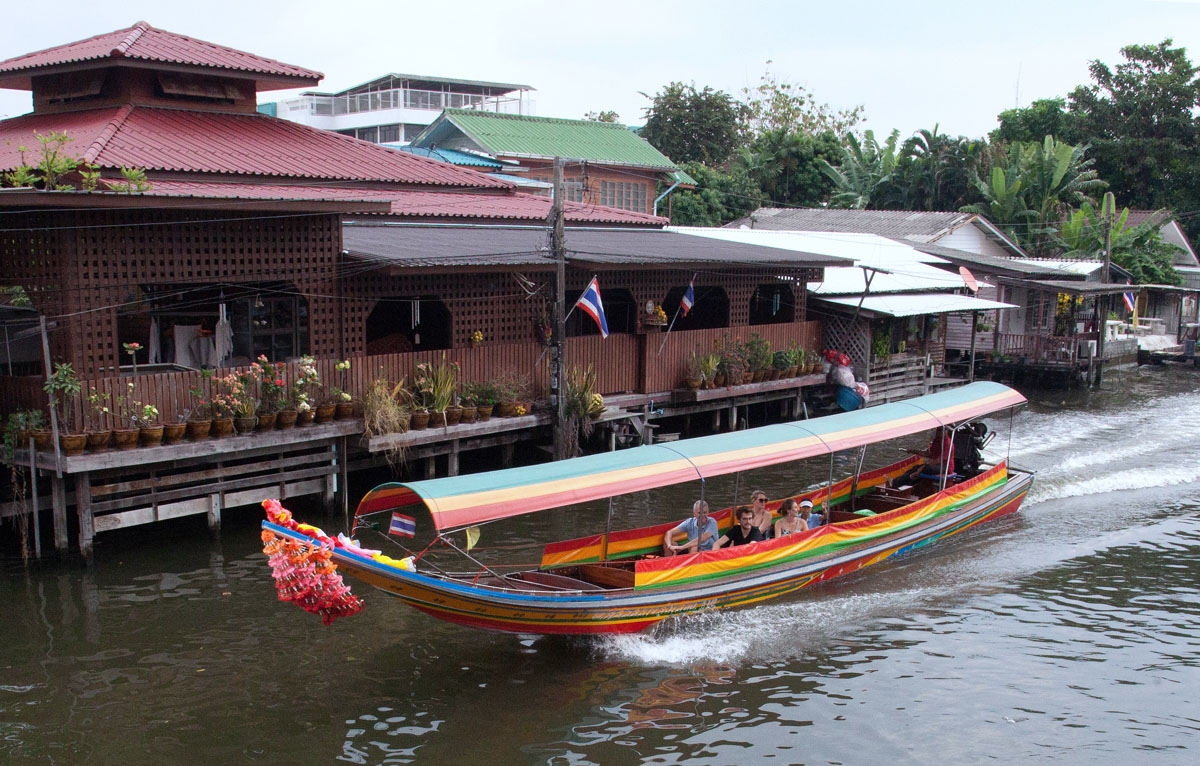
Thonburi
Thonburi (pronounced “Tonbury”) on the west bank of the Chao Phraya River was briefly the capital of Siam. Amid its pockets of history, narrow soi lanes and century-old teak houses you’ll find the domed Santa Cruz Church, built by the Portuguese-Thai community in 1770 and, nearby, the brilliant white stupa of Wat Prayurawongsawat. The old Kuan An Keng Chinese temple, like the Catholic church, also dates to the 1767—1782 reign of Siam’s warrior king, Taksin the Great who established his new capital here. “Venice of the East” was an early European name for Bangkok, referring to the khlong canals that linked the neighbourhoods. Board a rua hang yao — long-tail boat — for a canal trip to see the heart of old Thonburi. On Khlong Bang Luang hop out at Baan Silapan, aka the Artist’s House, a traditional, teak, canal-front home that’s now a gallery-theatre-café. Tip: There are fantastic river views from the 360 Bar atop Thonburi’s Millennium Hilton hotel.
Words and photographs © John Borthwick 2020
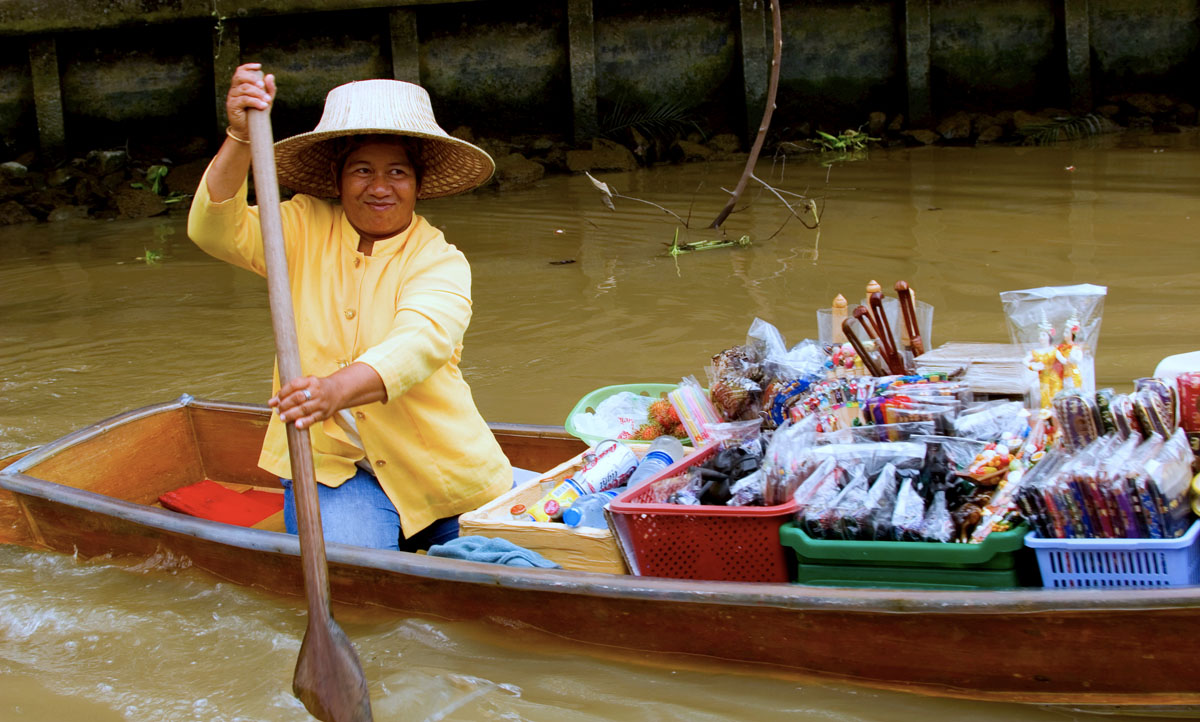
Source link : Zoning-in on Bangkok: a guide to Bangkok’s districts

